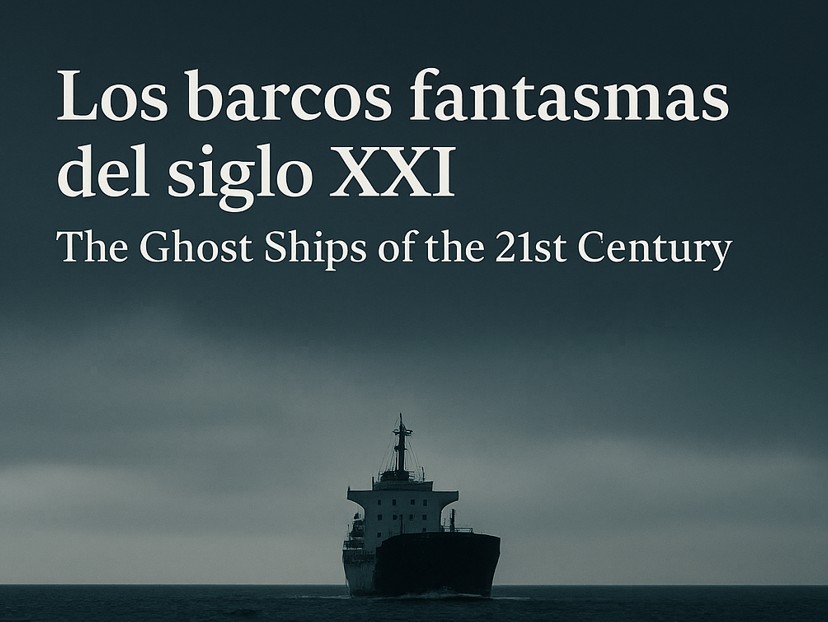
What Does (Form A) Really Mean?
It’s not just a clean inspection report. It’s a statement of awareness, discipline, and operational integrity, granted to a vessel

Publication by Enrique Sanmartín Gómez in Mar
The approval of the Maritime Navigation Regulation (RONM) drives the digitalization of procedures, regulates the activity of entities, and establishes a smart supervision model. Its goal: to simplify administrative processes and ensure agile, transparent access to information. This article analyzes the main changes and benefits that are already beginning to be felt in ports and on vessels.
The Ship’s Registration and Crew List is the vessel’s identity record, essential both for the shipowner and for the Administration. In 2025, a historic step has been taken by fully digitizing this document and integrating it into the telematic systems of the maritime authority. This provides multiple advantages that go far beyond simply replacing paper.
The first and most evident is the security of electronic storage, which protects information from loss, physical deterioration, or material errors throughout the ship’s lifespan. From now on, the record becomes a living registry, safeguarded on secure servers.
FROM PAPER TO DIGITAL
Digitalization also opens the door to immediate and ubiquitous consultation. The captain, the shipowner, and even the maritime authority can access the record anywhere in the world, requiring only an electronic device with an internet connection. In just a few clicks, it is possible to know a vessel’s crew composition, verify each seafarer’s certifications, or check the type of activity being carried out by the vessel. This agility turns the record into a real-time control tool, strengthening maritime safety and the confidence of all actors in the sector.
DIGITAL CERTIFICATE
To guarantee the legal validity of the entire process, telematic processing of the record—and of the dispatching process, as we will see later—requires the use of a digital certificate. This requirement ensures the applicant’s identity, protects the integrity of the transmitted data, and grants full legal validity to electronic procedures. However, aware that not all stakeholders can complete these procedures personally, the regulation introduces a practical solution: the possibility for shipowners or captains to designate authorized persons to act on their behalf. In this way, procedures may be carried out either directly by the responsible party or by accredited representatives, providing additional flexibility that facilitates the day-to-day work of maritime companies and professionals, without compromising the legal guarantees required by the regulatory framework.
With these developments, the record ceases to be a book exposed to the wear of time and becomes a robust, accessible, and secure digital register, destined to become one of the key elements of the new organized navigation model driven by the RONM.
Read the full article <here>
More information at:
GRUPO STIER
Shipping agent
P&I Correspondents, loss adjusters.
+ 34 607 55 29 27
+ 34 650 24 75 74
www.stier.es
pandi@stier.es
agency@stier.es

It’s not just a clean inspection report. It’s a statement of awareness, discipline, and operational integrity, granted to a vessel

In the margins of global trade, the so-called ghost ships sail silently. They are not relics of a bygone era,